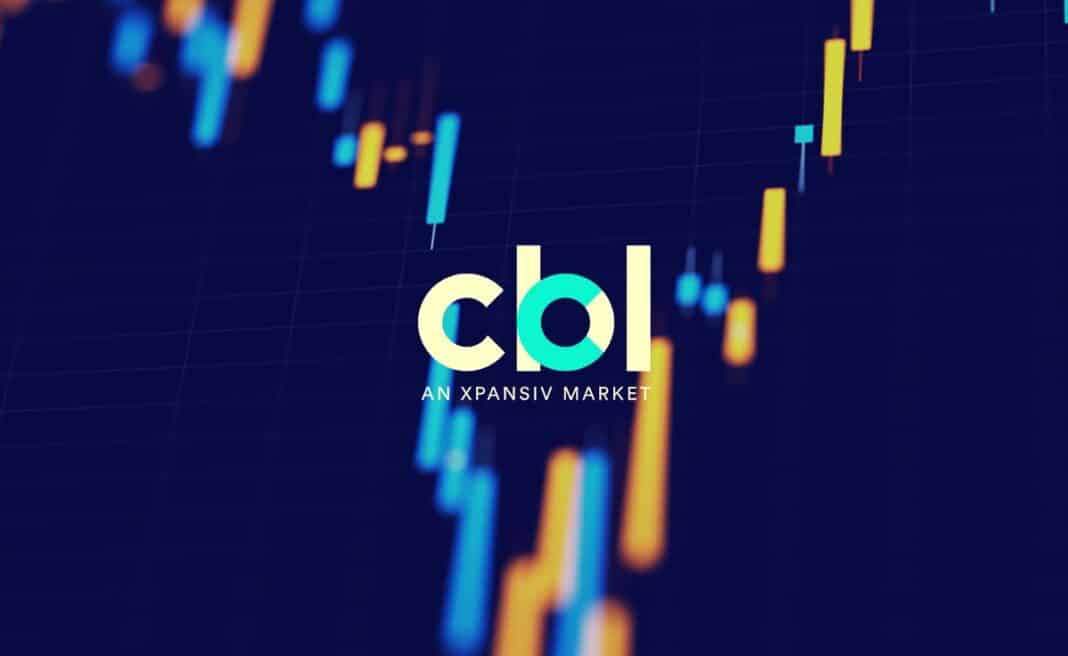Xpansiv’s CBL provided an update on its latest carbon markets results. The report provides an overview of recent activities in emissions, renewable energy credits, and compliance markets. It further details trading volumes, prices, and specific market movements across different regions and instruments.
In the space of renewable energy credits (RECs) trading, Maryland and New Jersey dominate.
Trading Carbon Credits On The Rise
Last week witnessed a notable surge in spot and front-month CBL GEO futures contracts at 52%, surpassing the rise of the resurfacing CBL N-GEO at 40%. Both have experienced significant increases in trading volume and prices, with N-GEO poised to bounce back in pricing the broader nature-based sector.
However, the spot contract’s volume was traded OTC (over-the-counter) at higher prices. A substantial portion of CBL VCM’s volume was traded through its GEO benchmark contracts.
In particular, about 80% of CBL VCM 456,239-ton volume was traded. This included 207,863 tons via the N-GEO current and trailing vintage instruments.
For other important results, here are the key takeaways:
Project-Specific Transactions:
There are various project-specific transactions that occurred. Indonesian AFOLU credits closed at $6.95 while 2018 Brazilian nature credits at $3.00. Older vintage Brazilian nature and vintage 2001 Indian fuel-switching credits settled much lower at $0.35.
Gold Standard’s Announcement:
Gold Standard highlighted Rwanda’s issuance of a Letter of Authorization for a cookstove project. This achievement is historical, marking the first recognition of credits issued by an independent standard with an Article 6 authorization.
CME Group’s CBL GEO Emissions Futures:
December GEO and N-GEO, under the CME Group’s CBL GEO emissions futures complex, both saw a 38% rally. The total trading volume across CBL GEO futures was nearly 3 million tons, significantly higher than CBL N-GEO futures’ over 1 million tons.

North American Compliance Carbon Markets
CBL works with environmental registries to facilitate the trading of both voluntary and compliance Renewable Energy Certificate (REC) contracts. It’s a type of carbon credits generated by choosing cleaner renewable sources over fossil fuels.
Xpansiv report’s highlighted the compliance REC market performance with the following results.
Maryland: Around 12,000 2023 Maryland solar credits were exchanged, with a closing price of $58.20 after multiple trades at $58.10.

Xpansiv’s recent report on environmental markets outlines a notable surge in spot and front-month CBL GEO futures and CBL N-GEO. Trading volumes and prices for both have increased, signaling potential growth in the broader nature-based sector. Despite some fluctuations, CME Group’s CBL GEO Emissions Futures witnessed a significant rally, indicating a continued interest in emissions trading.
The dominance of Maryland and New Jersey in renewable energy credits trading, along with other transactions, underscores the diverse landscape within carbon credit markets.



